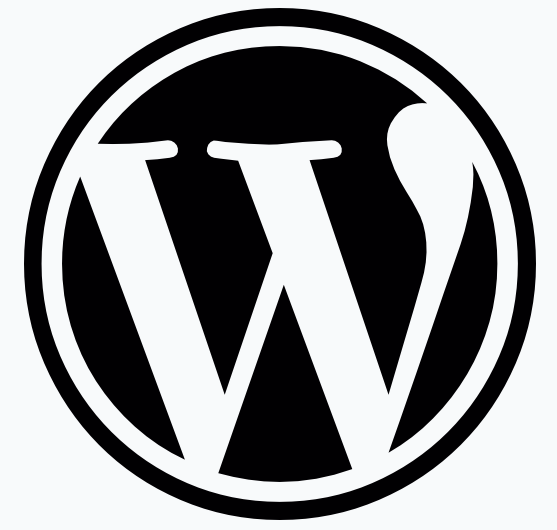WordPress the open-source CMS hosts around 30% of websites worldwide. WordPress is free and easy to install and most of the time the hosting company offers you to install WordPress with one click in your CPanel. So, this makes it an easy and first choice for people to host using WordPress. Although, if you are hosting with WordPress you might find your website getting slower as you change the default theme and add more content. However, you can easily optimize your WordPress Site with different plugins. Most developers already know how to Speed Up and Optimize WordPress Website.
A business or blog website should load fast because if it is loads slowly you might lose traffic on your website and a slow site will rank lower on the search engine rankings. There can be many reasons for a slow website from a poorly built website to bad hosting or maybe your website is facing an overload of traffic.
The plan you choose for hosting should be able to handle the traffic you are getting if not you might have to upgrade your plan first. The server location also matters if your website is hosted in Japan and your traffic is mostly from the USA then the load time of your website can increase. However, you can solve this problem by implementing a CDN network.
Note: Please always backup your website before starting optimizations to avoid any issues and please always choose a reliable and fast hosting service.
Speed Up and Optimize WordPress Website
1. Finding out your website speed and issues
The first thing you need to do is to find out the current speed of your website. There are many free website tools online that can help you analyze the speed of your website and what are the factors that are causing your website to be slow.
Here is the list of these free tools, you can visit the website of these tools and add your website URL to find out the speed of your website and also what needs optimization.
Run several tests of your website by using these tools so you can get reliable results.
2. Choose an optimized and light theme
The First thing you should do before you start optimizing your website is to choose a light theme which is optimized. It is beneficial to find a simple theme that is also SEO friendly.
Most of these themes are customizable and users can customize them according to their taste. However, if the theme is not properly coded it can cause issues for the user.
Always choose a theme that suits the idea of your website and delete the unused themes. Do not choose a random theme that does not compliment your website title and try to look for high rated themes.
3. Choosing Plugins and Using Cache Plugins
Another reason for choosing WordPress is that there are a variety of plugins available that you can use on your website.
Plugins are really helpful but if you are using a lot of plugins or buggy plugins it can cause your website to load slower or crash. Only use the plugins you require and delete the plugins that you are not using.
The most popular plugins are caching plugins as they enhance the load times of your websites. Caching is a short term memory of your website that allows a website to reload page faster with cache memory when a site is accessed again. Some popular cache plugins are
You can easily find guides to install these cache plugins. Please choose your favorite plugin that you like don’t install two different cache plugins if you have already installed another caching plugin disable it first. Follow this guide to Install W3 Total Cache.
4. Using W3 Total Cache and Enabling Browser Cache.
If you are using the W3 Total cache plugin it is a good idea to enable the browser cache option. What this does is that it loads your page from the cache stored in the visitor’s computer instead of using server resources. Regular visitors especially will benefit from the browser cache.
To enable Browser cache Open up your Admin panel click on the Performance tab and select General.

Next, scroll down and find Browser cache and tick the Enable option and select Save all settings.

Now you can directly click of performance and select Browser Cache to tweak settings.

If you get this error while using page speed insights “Eliminate render-blocking Javascript and CSS in above-the-fold content”. You can use the W3 Total Cache plugin to eliminate these errors.
First, click on the Performance tab and click on general settings and scroll down to minify and set the Minify mode to manual.

Now click on Minify under the performance tab and scroll down to the JS tab and set options as shown in these pictures.

Now click on JS file management and click on add a script and add the Javascripts URLs from Page speed insights eliminate render-blocking errors and click on verify URL and select save all settings

Also, scroll down to CSS and click on Add a style sheet option in CSS File Management and copy and paste the CSS error URLs and click on verify and then save all settings.

5. Use WP OPcache Plugin
If you have OPcache available and you have enabled it. Use the WP OPCache Plugin to flush your OPcache. With this plugin, your cache will be reset after upgrading.
This plugin stores the pre complied script code in the memory of your server. What this does is it enhances the load times of your website.
Download and Install WP OPcache by using the plugins menu. After it is installed you will be able to see the flush OPcache option on top of the website admin panel.
Tap on it to flush the OPcache to flush your OPcache. You can also open settings to see what else the plugin can do.
Please note that WP OPcache only works if you have OPCaching enabled. You might not be able to enable it in some shared hostings.

6. Autoptimze Plugin
Autoptimize plugin is very useful as it minifies and compresses all scripts, adds expires headers, caches them, and moves styles to the page head, and scripts.
This plugin minifies the HTML code as well which makes your page very lightweight. If you are using WP Super cache you can use this plugin to minify and compress all scripts.
After installing this plugin you will be able to see the autoptimize option on the top bar you can click on the plugin and select delete cache. You can set up this plugin to optimize different scripts by going into settings and selecting Autoptimize

Here you will be able to configure HTML, Javascript, CSS, and CDN options. You can also click on the images tab to optimize and compress images.
Some Extra Tips
Here are some extra tips to Speed Up and Optimize WordPress Website
7. Optimize your Homepage
The first tip is to optimize your homepage so it loads up faster. Here are a few points you should follow when creating a home page for your website
- Do not overload your home page with extra widgets
- Do not add full posts on the home page. Only display excerpts for the posts and limit posts on your home page to increase speed.
Other than these tips use the WP Asset Clean Up Plugin to reduce the number of HTTP requests for your website. The fewer the HTTP requests the faster your website will load in browsers.
8. Optimize Images
It is better to optimize and compress images before uploading you can use a free tool such as Image optim. However, if you want to avoid the hassle of uploading them compressing them before uploading you can use WordPress plugins such as EWWW Image Optimizer or ShortPixel. With these plugins, you can easily bulk optimize images on your website from the admin panel.

9. Use Content Delivery Network (CDN)
A Content delivery network (CDN) are proxy servers for your websites that have a copy of your website to deliver content quickly to any user from any location. E.g. if a person from Australia access your American based website the user will get access to his nearest proxy and the website will load faster and content delivery will be smoother. This increases the speed and security of the website and decreases server load.
10. Clean up Post Revisions and Optimize Databases
When you publish a post using WordPress you sometimes need to edit that post. Whenever you edit a post it will save revision data for all your changes. You should delete and clean up revisions after you publish the final post.

Also, clear up your media library, if you are using duplicate images or there are unused images you should delete them.
Also, performing database optimization can help bloggers load their websites faster. You can use WP-DBmanager to manage and optimize your databases.
11. Hotlink Protection
In the Cpanel access to your hosting service, you can enable hotlink protection under security. If someone is directly using your image link and hosting it on their website It will take your server resources to load the image. By enabling Hotlink Protection you can protect your server resources
Also, in the Cpanel under the software tab, you might have the Optimize website option. Use the Optimize website option by selecting the Optimize website if your hosting service offers it.
This guide showed you some tips to Speed Up and Optimize WordPress Website


